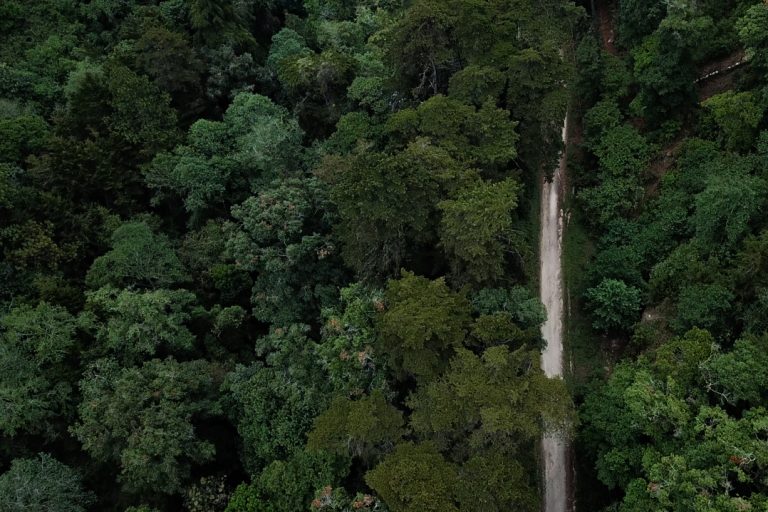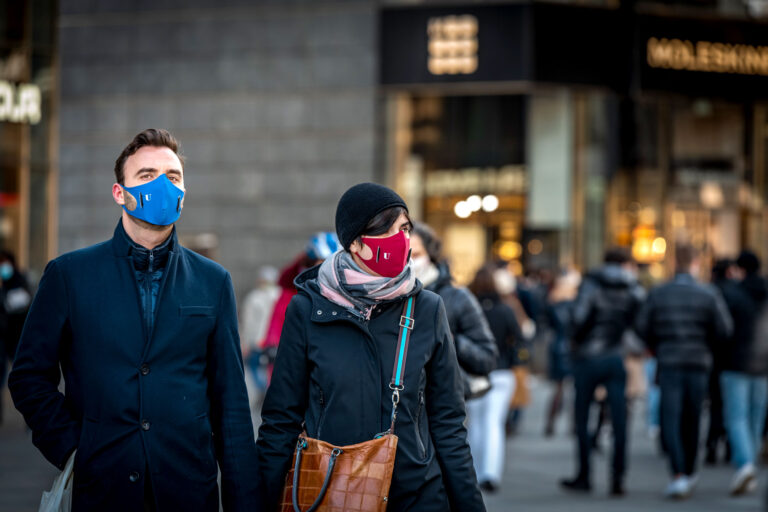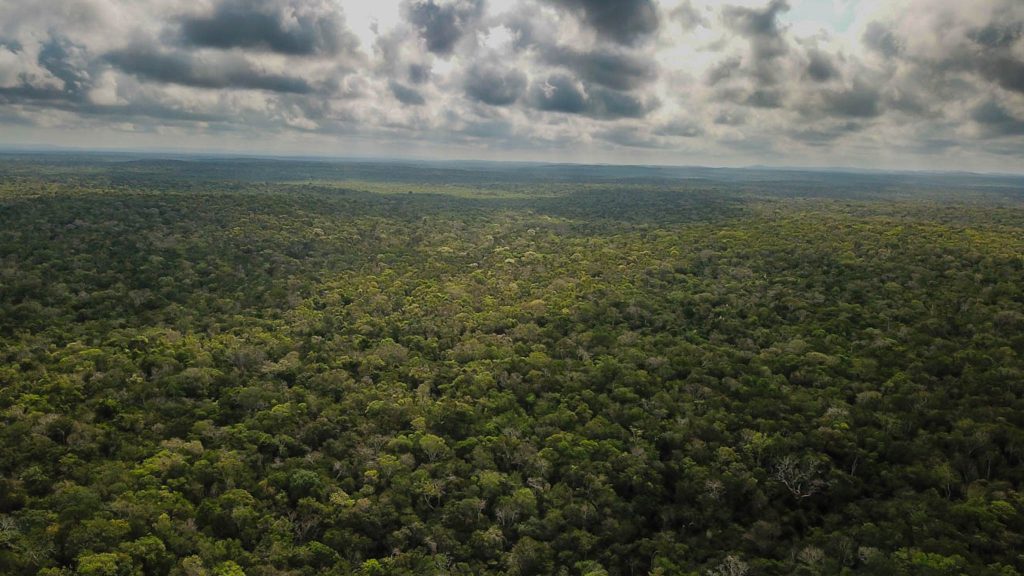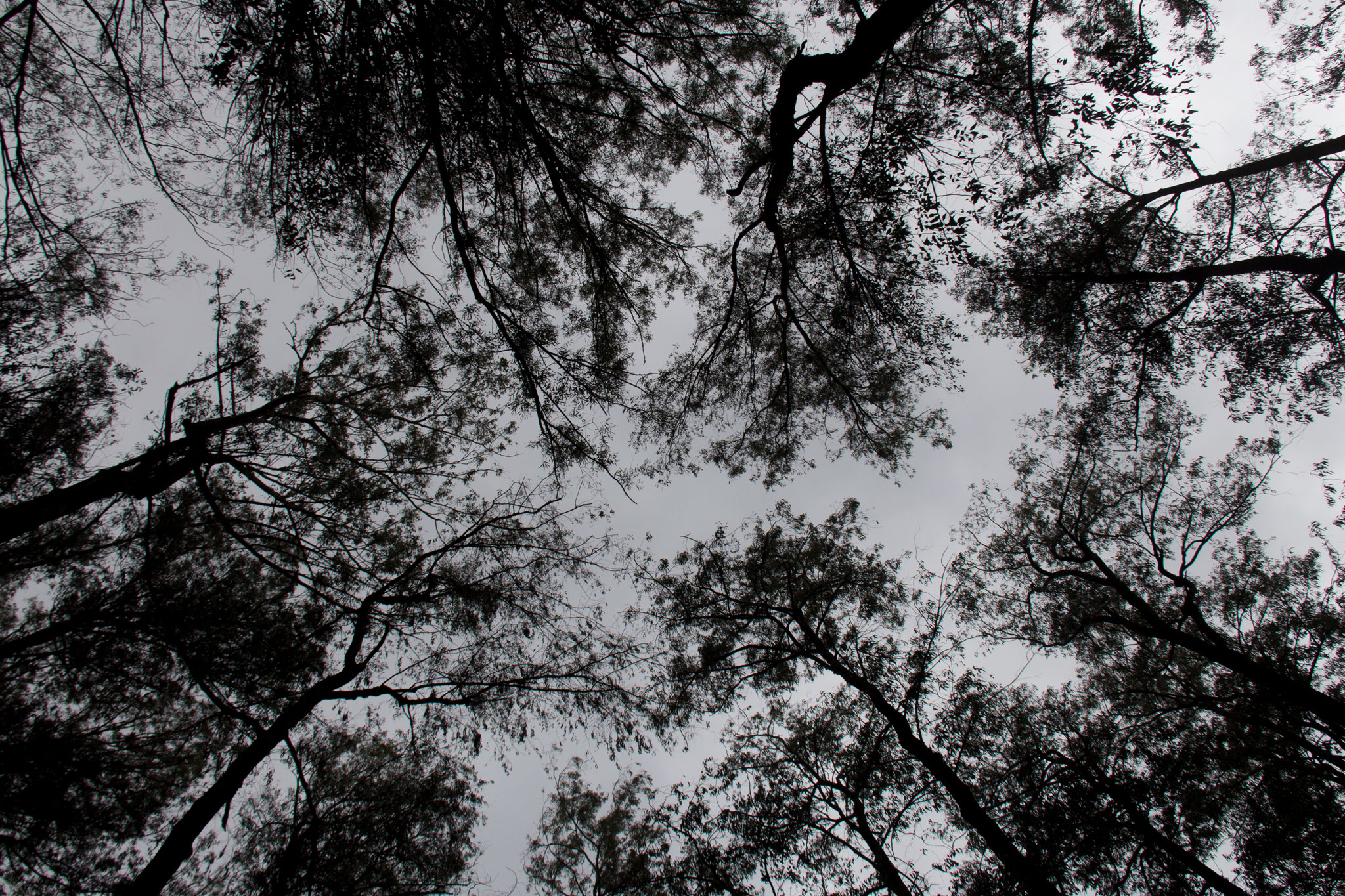World Tree Day, the current state of the world’s forests
Since 1971, on the recommendation of the World Forestry Congress, World Tree Day is celebrated on June 28 of each year, which is also known as World Forestry Day.
The idea is to raise awareness of the importance of forest resources for the development of life in all its forms, and of its sustainability in the medium and long term. We all know that trees provide a series of ecosystem services to humanity, such as the capture and recharge of water sources, provide oxygen and capture carbon dioxide (CO2).
However, the importance of trees is not being correctly dimensioned and valued by humanity, given the current rate of loss of forest cover.
The Food and Agriculture Organization of the United Nations (FAO), the entity that leads the celebration of this day, published in 2020 the report Key findings of the assessments of global forest resources, among which some data stand out:
Forests cover almost a third of the earth globally. The world has a total forest area of 4,060 million hectares (ha), which is 31% of the total land area. This area is equivalent to 0.52 ha per person.

Natural life depends entirely on the state of conservation of the planet’s forest resources. Photo: Jorge Rodríguez / Viatori
93% (3.75 billion ha) of the world’s forest area is made up of naturally regenerating forests. The area of planted forests has increased by 123 million hectares.
Plantation forests cover about 131 million ha, which is 3% of the world’s forest area and 45% of the total area of planted forests.
Globally, about 1.15 billion ha (30%) of forest is managed primarily for the production of wood and non-wood forest products. In addition, 749 million ha are designated for multiple uses, which often include production.
The total carbon stock in forests decreased from 668 gigatons in 1990 to 662 gigatons in 2020; carbon density increased slightly during the same period, from 159 tons to 163 tons per hectare.
The low influence of the pandemic on the recovery of global biodiversity

In 2020, COVID-19 arrived to settle in the routine of the world population, forcing changes in people’s daily habits. Photo: Matteo Jorjoson / Unsplash
With COVID-19 installed in our lives, it was thought that the long confinement in which a large proportion of the world’s population lived in 2020, would have a positive impact on the natural life of the planet.
However, that was not the case. According to data published by Global Forest Watch, 12.2 million ha of forests were lost in 2020, of which 4.2 million belonged to humid tropical primary forests. Tropical forests are of enormous importance to the planet, due to their high carbon storage capacity and the preservation of biodiversity.
This loss of coverage was 12% greater than that registered in 2019, and marked the second consecutive year in which the loss of tropical forests worsened compared to the previous year. In addition, this deforestation generated carbon emissions that represented 2.64 gigatons (GT) of CO2, which is equivalent to the annual emissions of 570 million cars.
The most worrying thing about all these data is that it is the Latin American region that suffers the most from the loss of forest cover. Of the 10 countries that lost the most primary tree cover, five are Latin American: Brazil (in position 1), Bolivia (3), Peru (5), Colombia (6) and Mexico (10).
There are many reasons why forests experience this reduction, but the main one is the expansion of agricultural coverage. The Brazilian Amazon is the best example of this. In May of this year, 1,180 square kilometers of forests were lost, which meant an increase of 41% compared to the same period last year, and the highest figure in this period since 2016, according to data from the National Institute for Space Research. (INPE).
But it is not the only region that suffers from this. In Guatemala, always according to GFW, in the two decades of this century, the Central American country lost 1.39 million hectares of forests, or what is the same, 30% of the forest cover that it had at the end of the last century.
¿What can we do?

The state of forests depends on the actions we take as individuals and as societies. Photo: Carlos Duarte / Viatori
The actions that we take as individuals can often seem insufficient to us in the face of the rate of destruction that is taking over the world. However, not because they are small they cease to have importance and influence in the current situation.
Each of us must carry out actions such as planting trees, reducing our consumption habits, recycling, avoiding the intake of red meat and looking for certified products that do not contribute to the destruction of the world’s forests.
